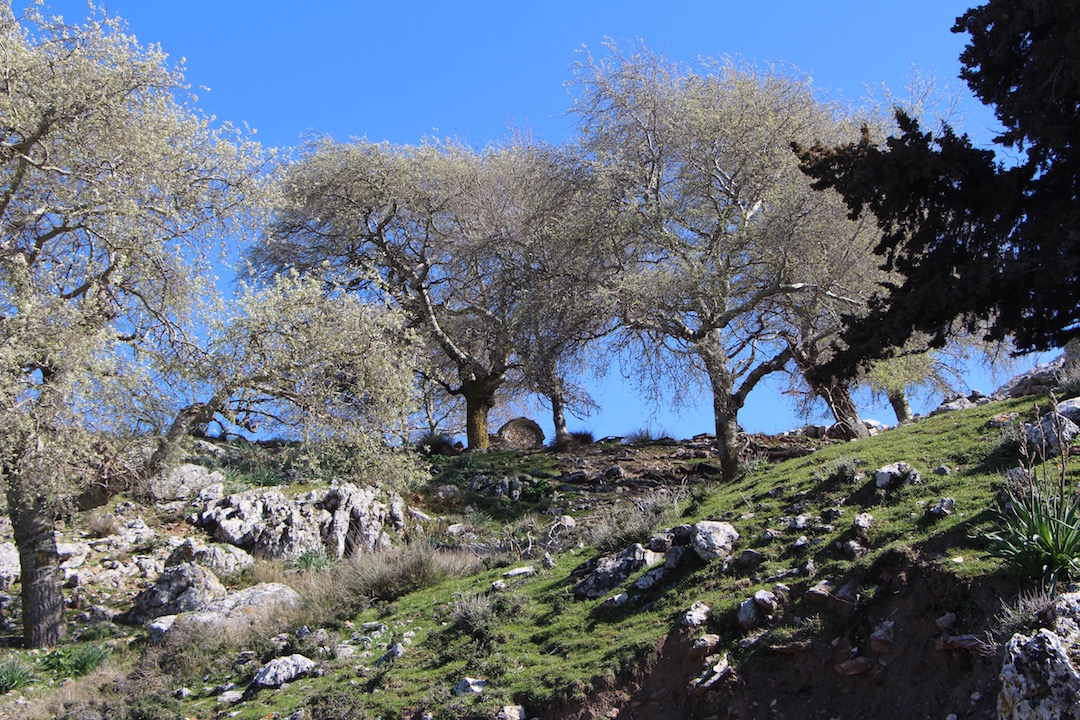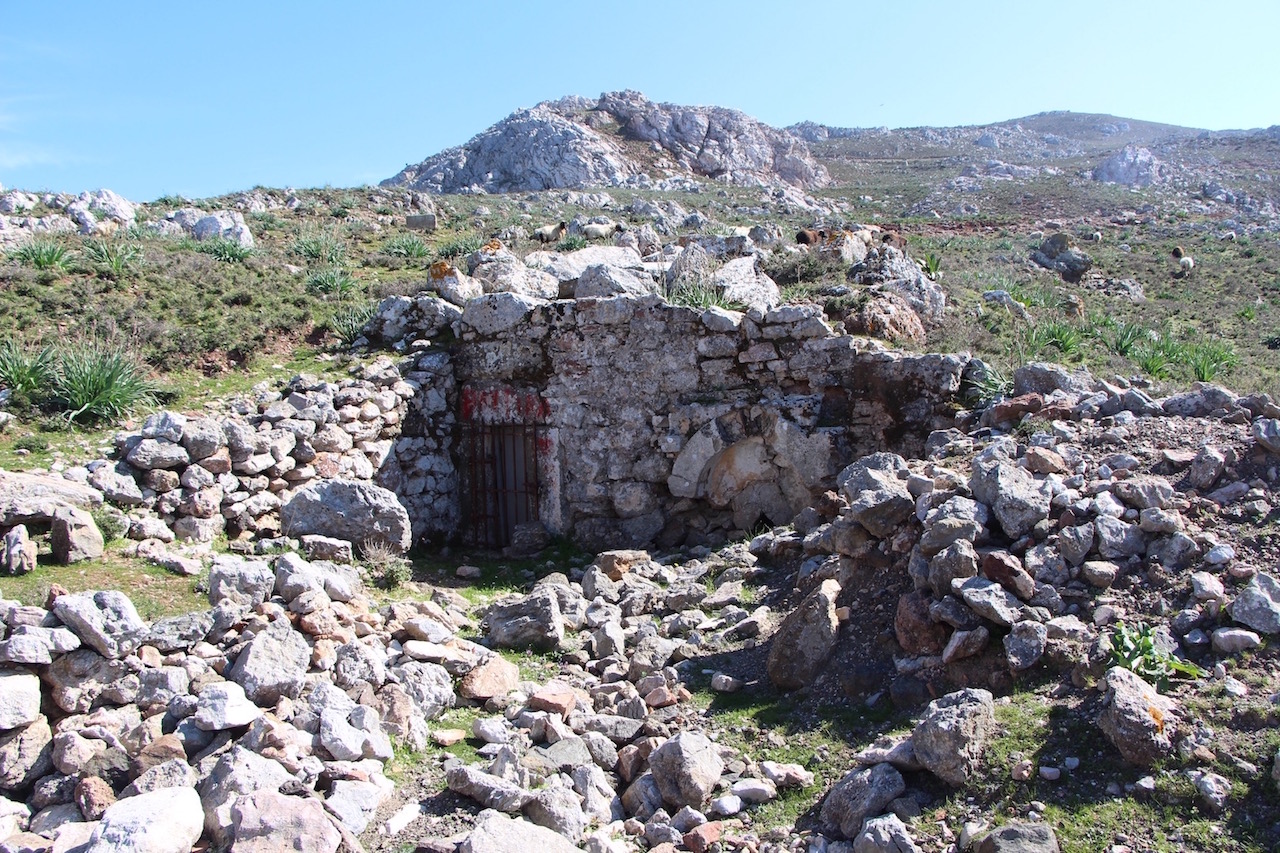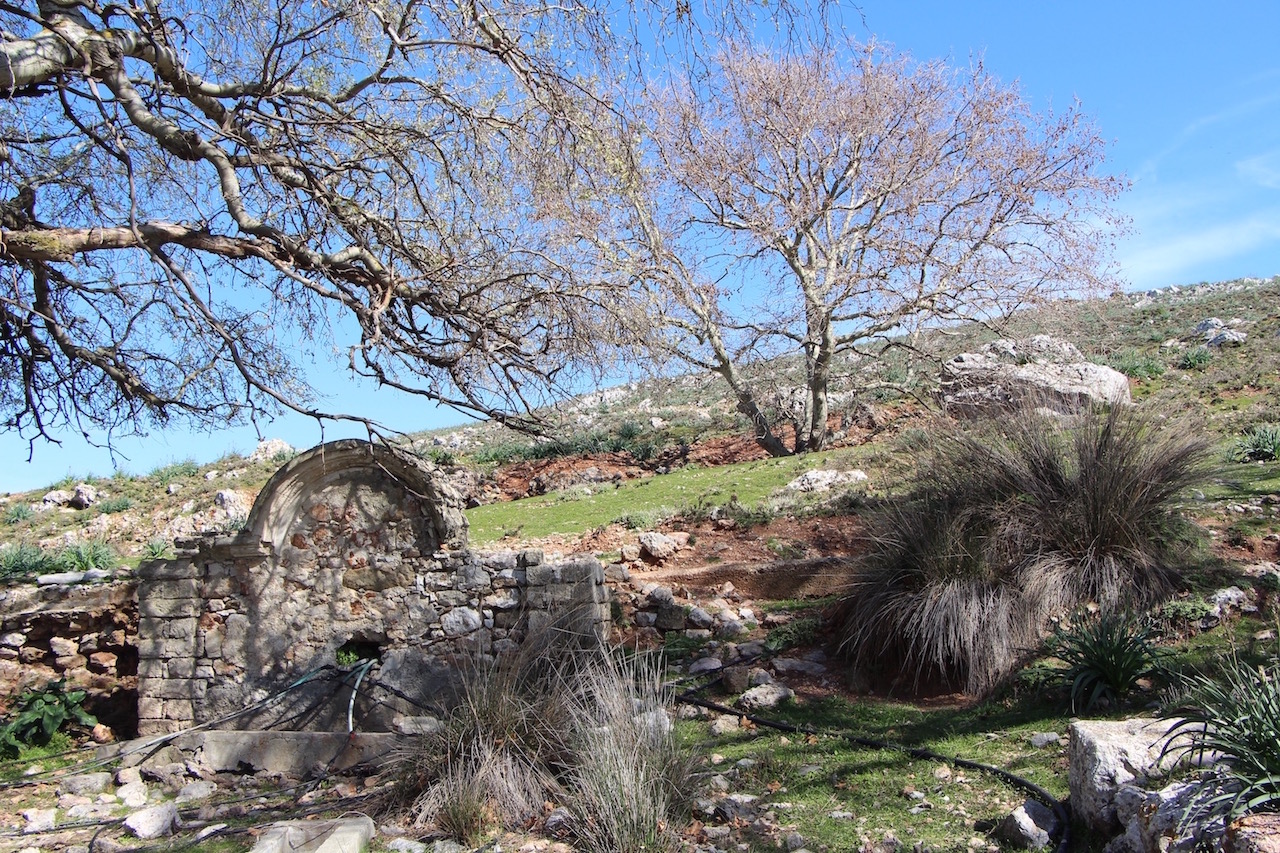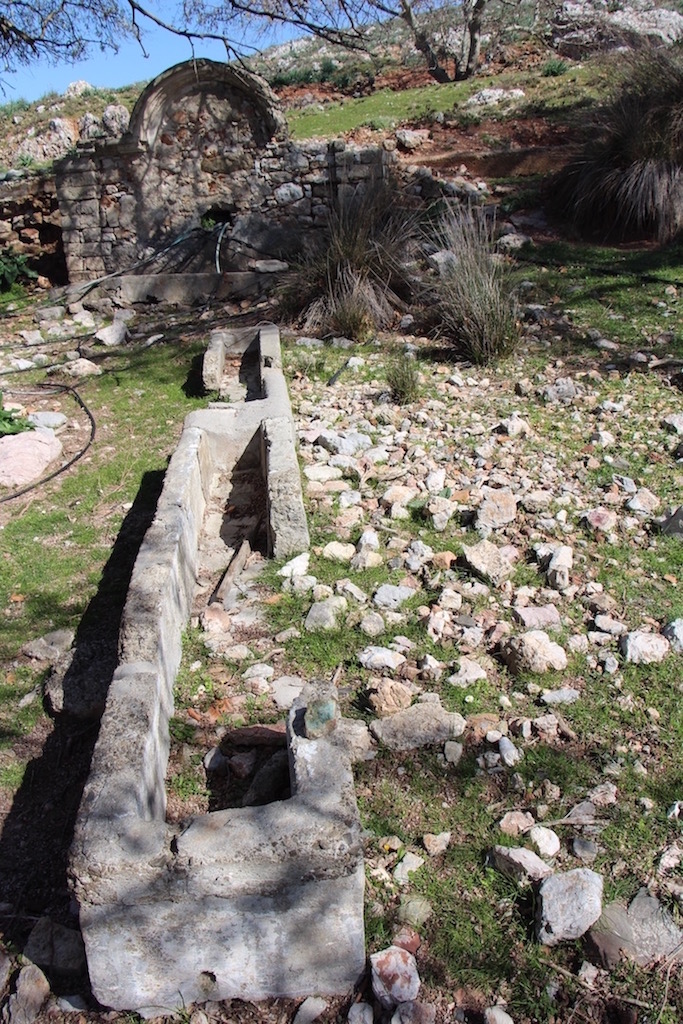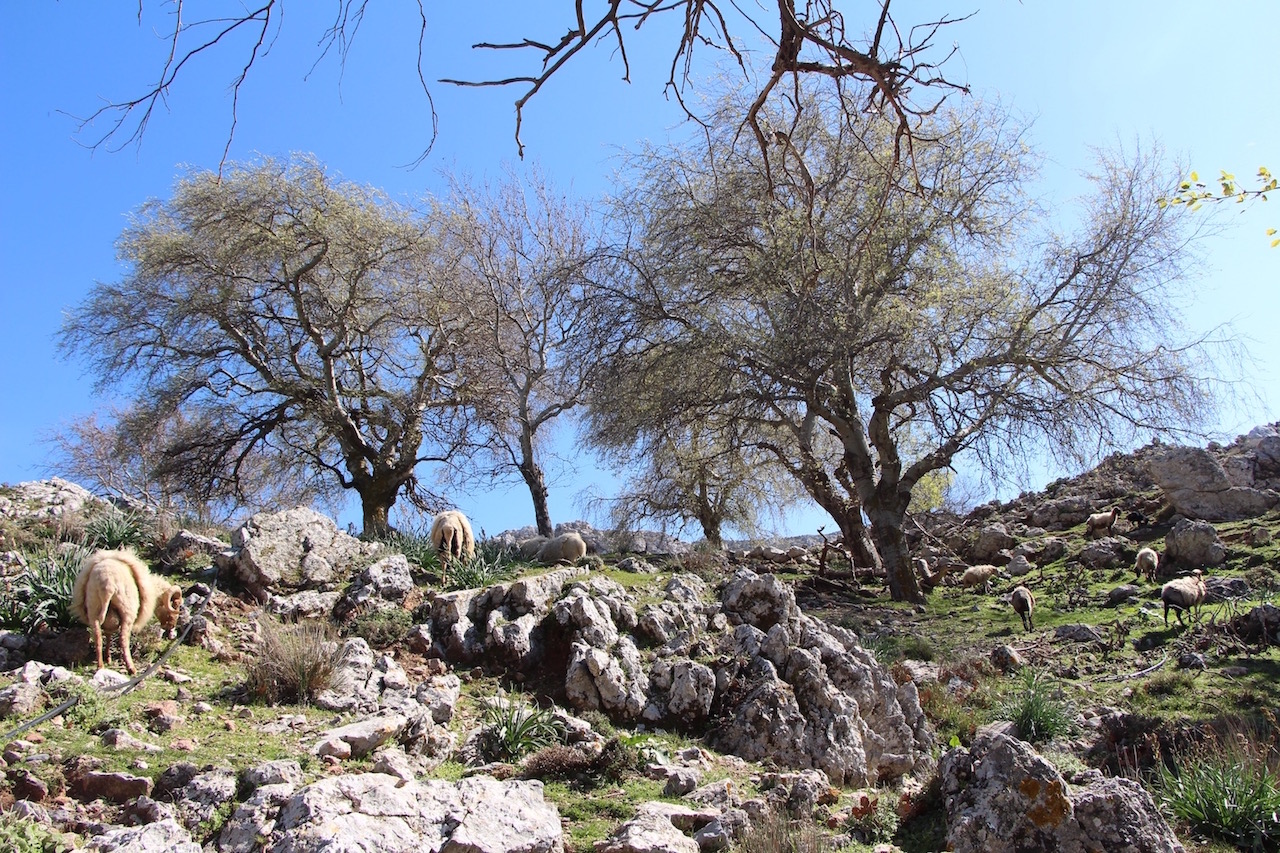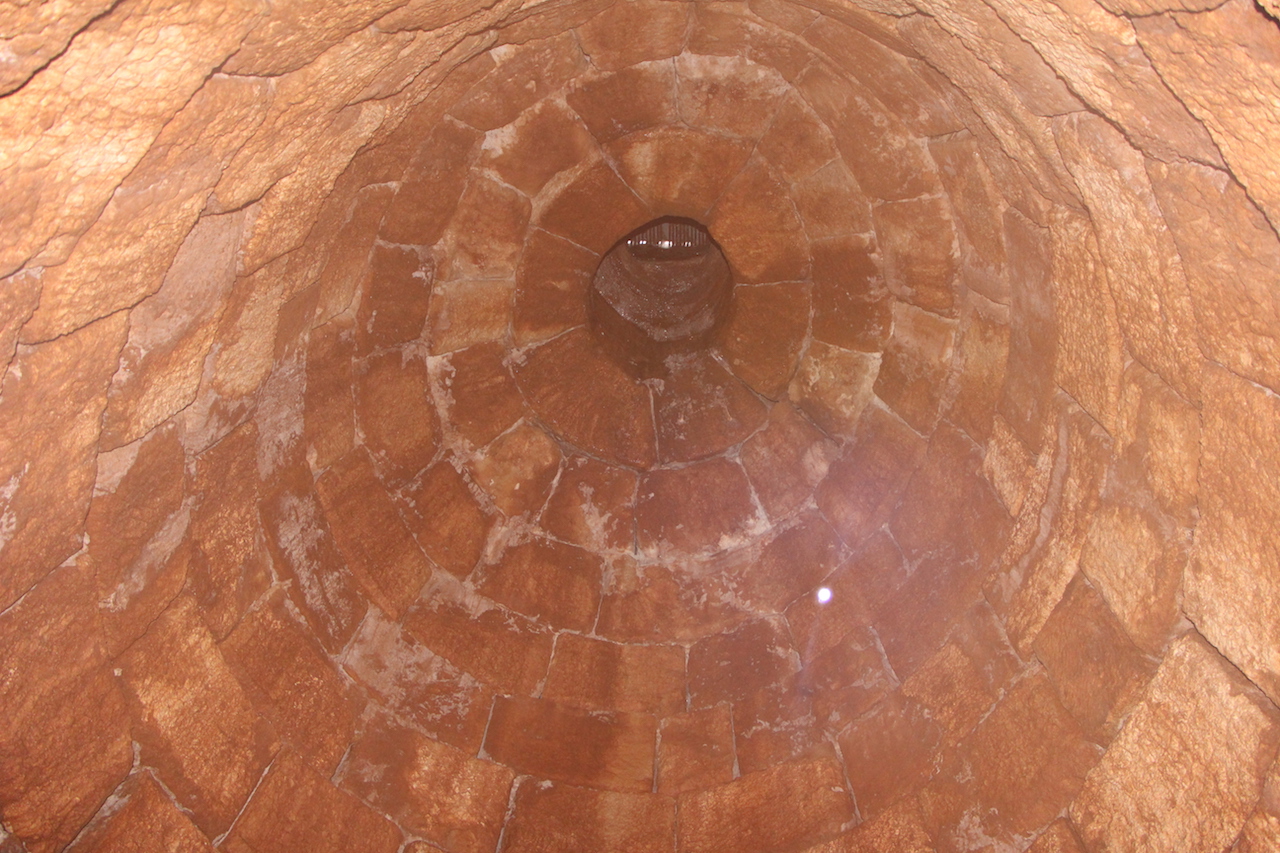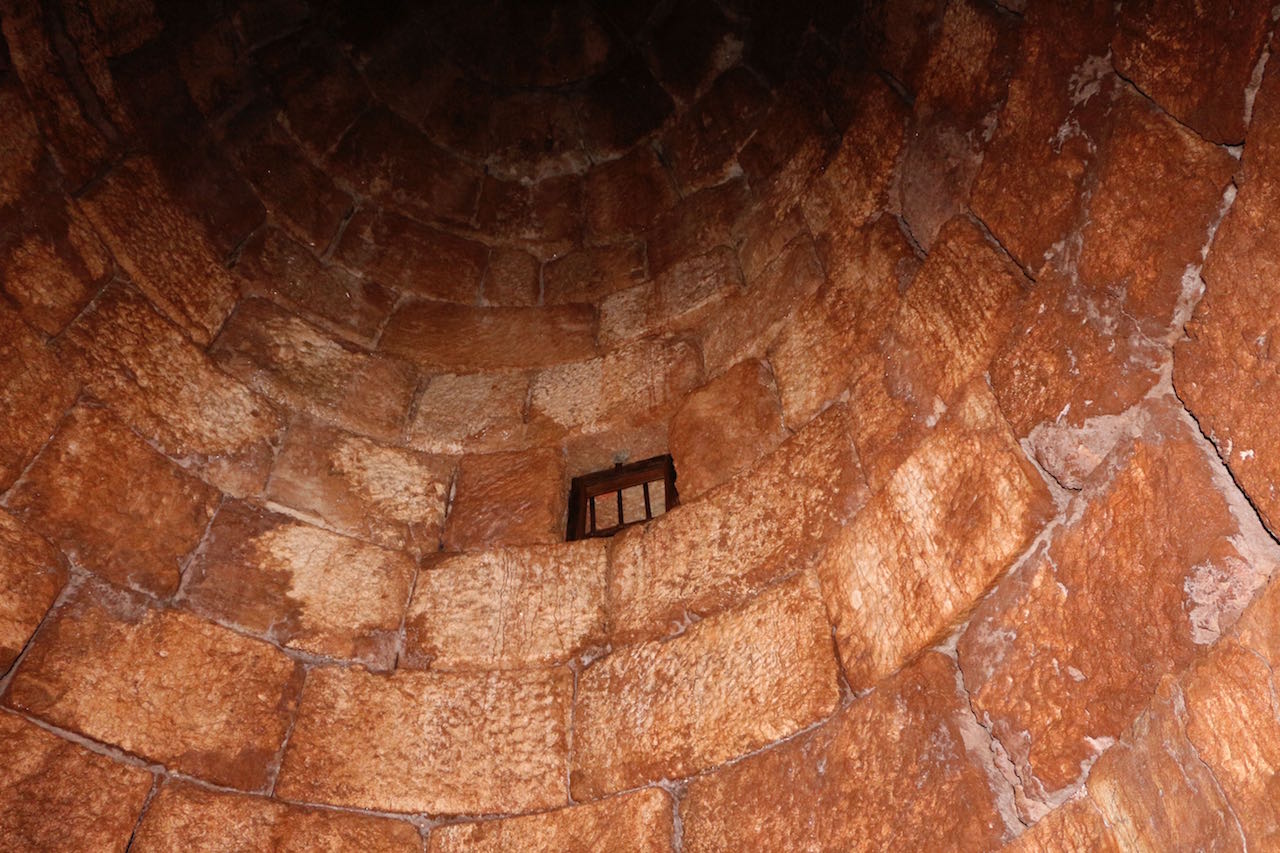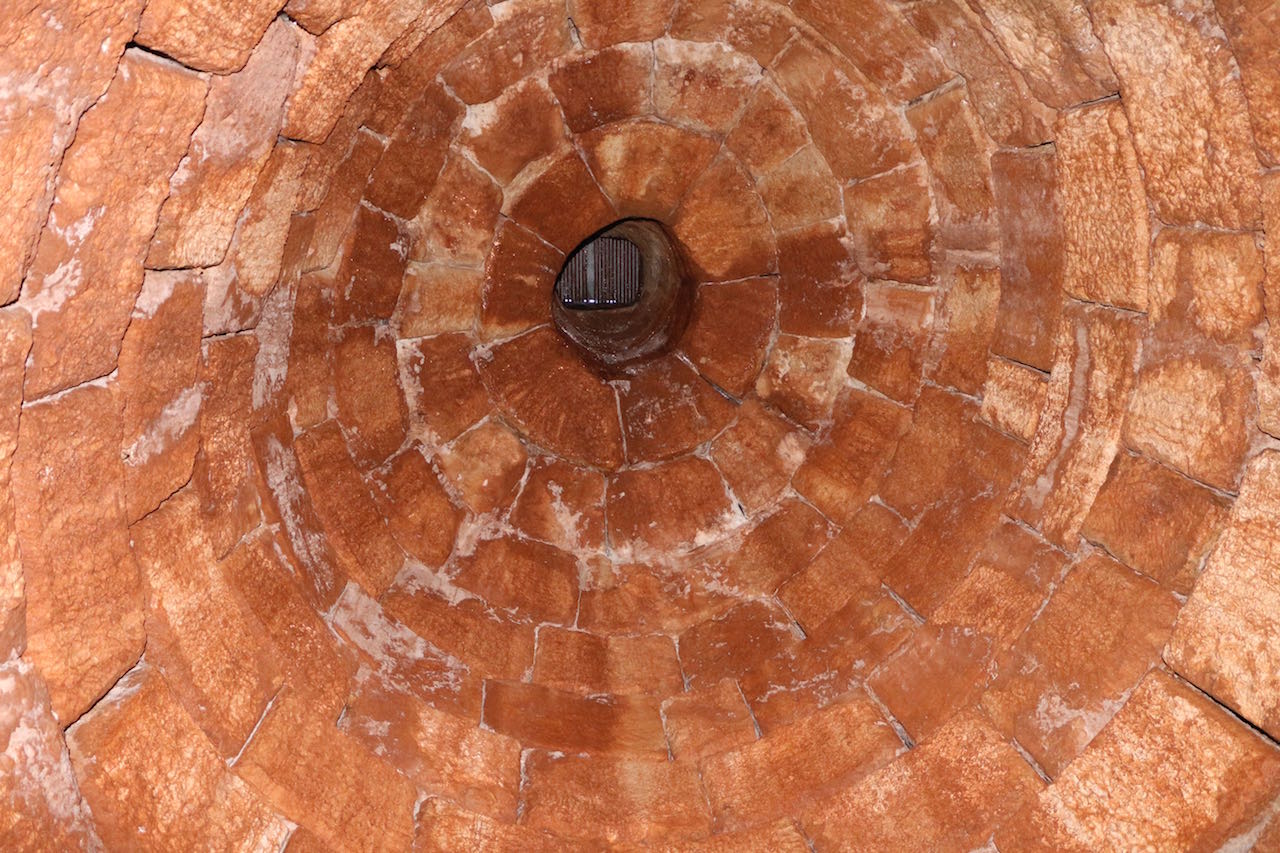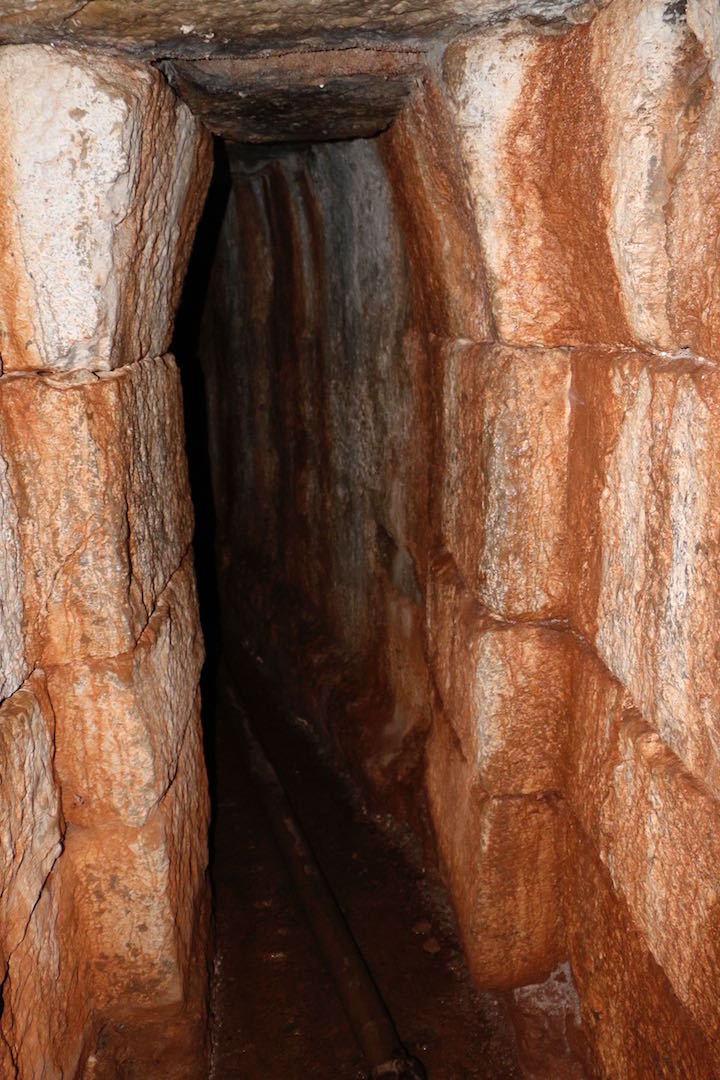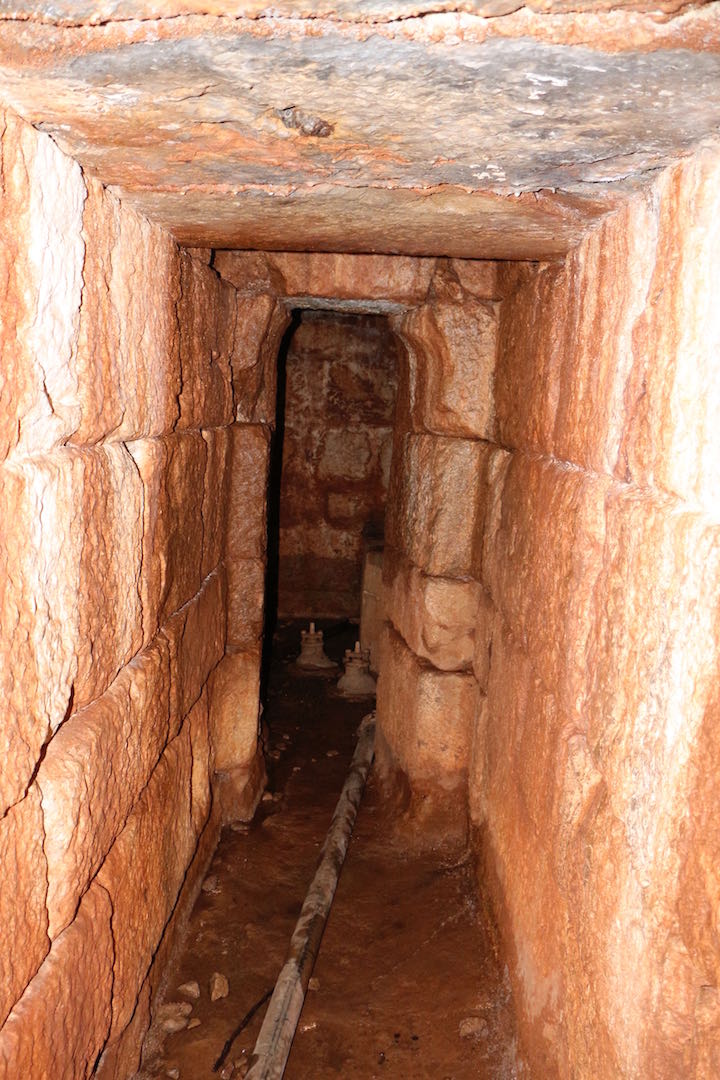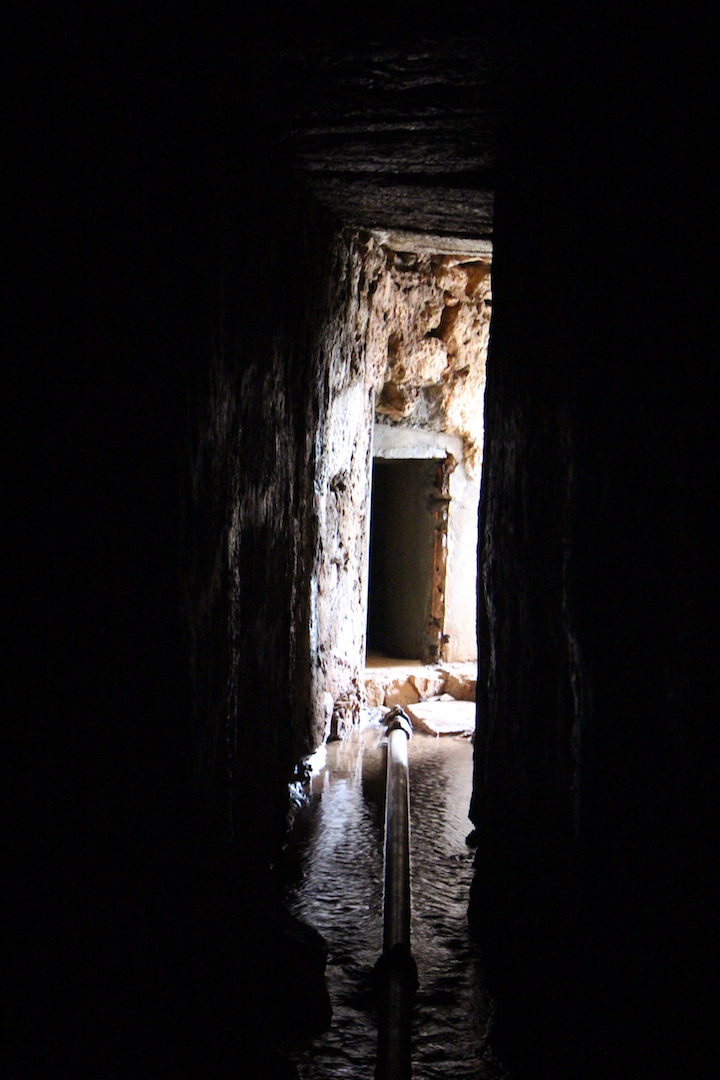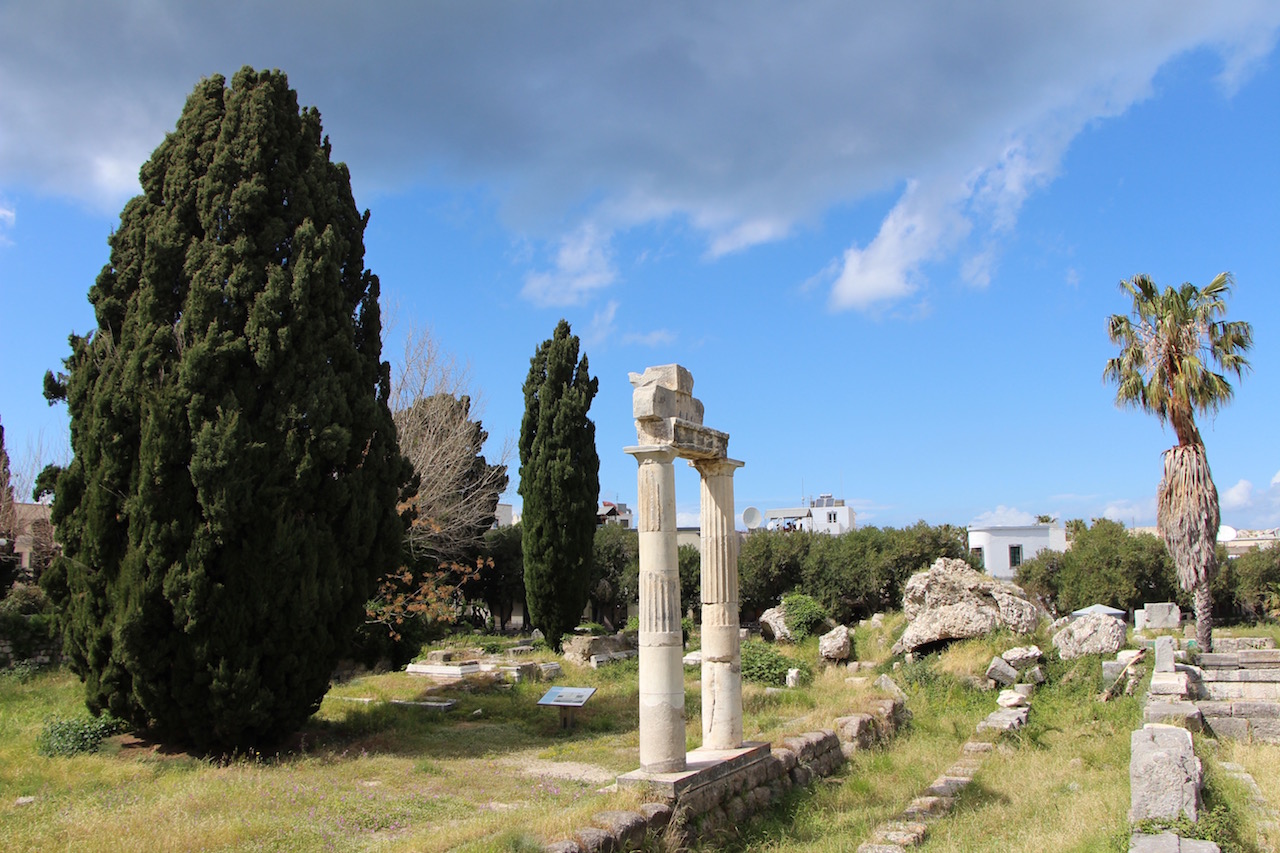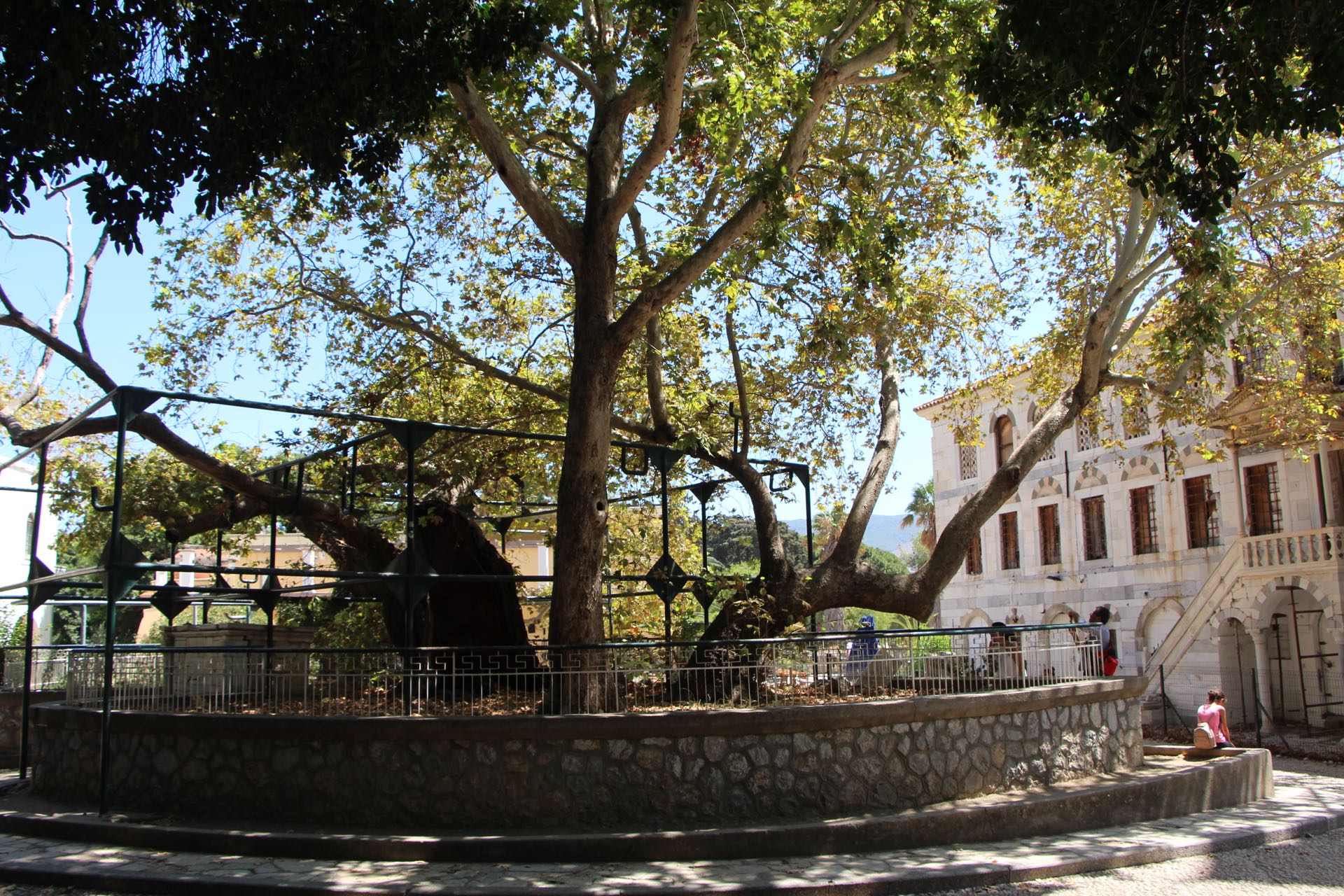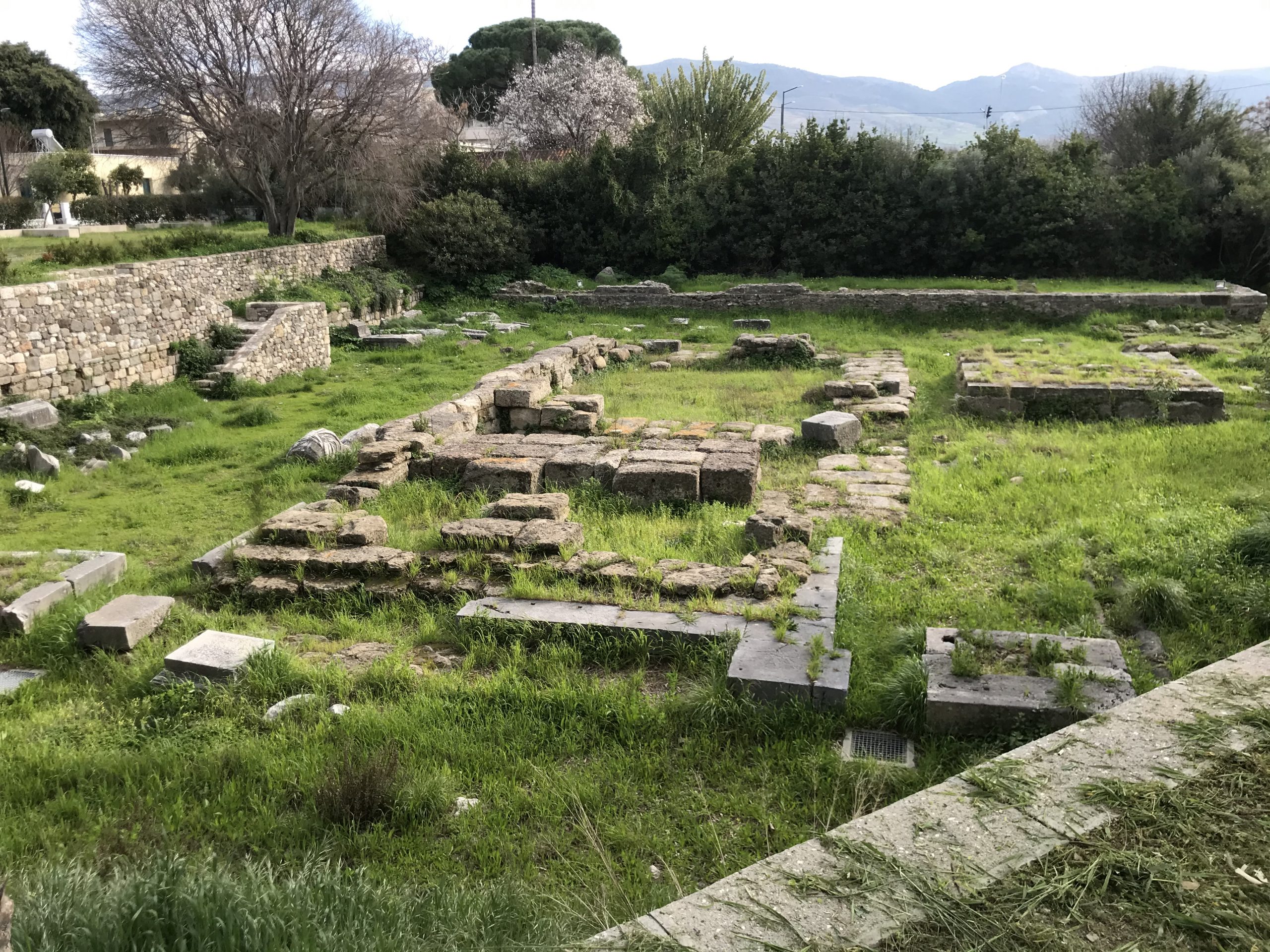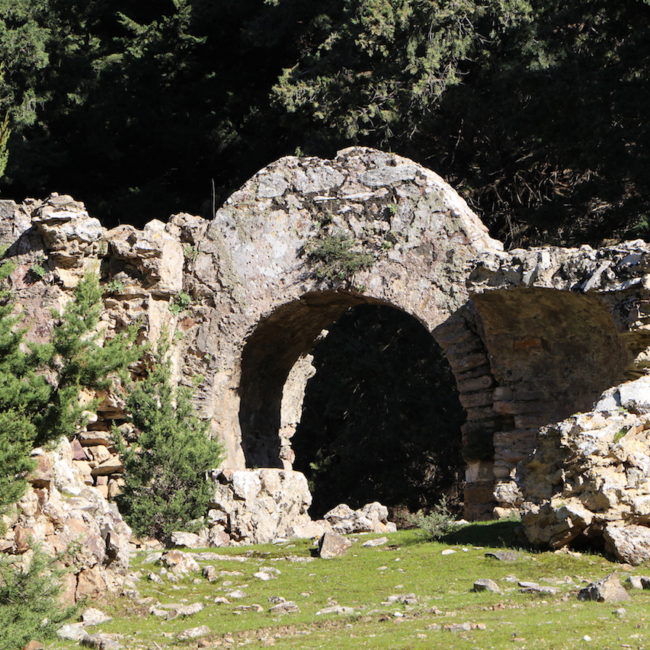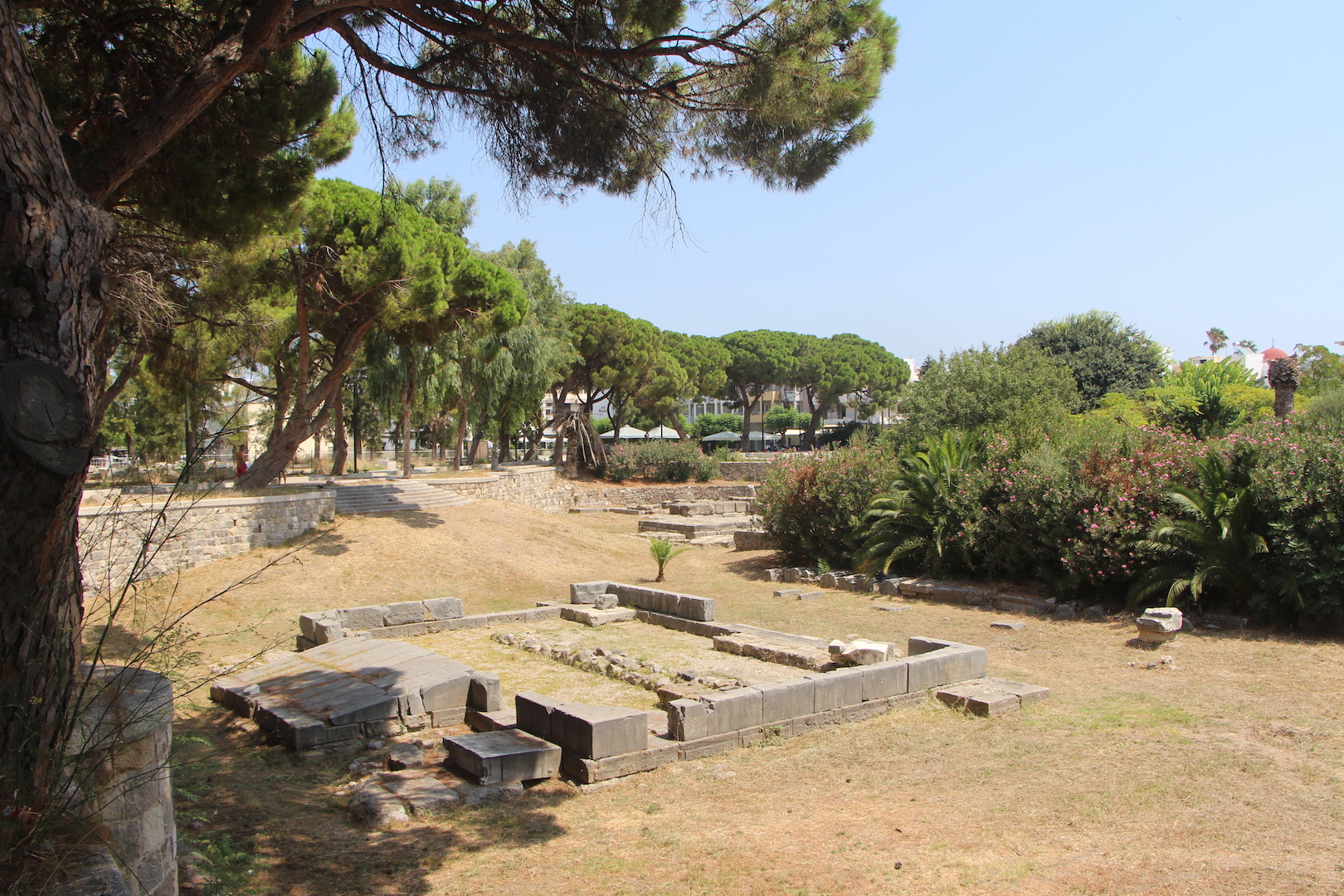
The Vourina Spring (or Vourinna) is situated roughly half an hour away from Kos Town. The water that gushes from the spring is still channeled in clay pipes towards Kos Town and the spring was the sole provider of the town’s water until 1980.
The German archaeologist Ludwig Ross was the last one to study in detail this ancient monument, during his 3rd trip to Kos in 1844, while his colleague Rudolf Herzog also visited the spring in 1904 on his quest to find the Asclepieion. The actual date of this building is still unknown. According to Ross, it was built in the prehistoric times, whereas Herzog believed the spring to date from the early historic times. According to ancient tradition, the water of the Vourina spring gushed out after the mythical king of Kos, Halkon, hit the rock with his foot. The 3rd century BC bucolic poet Theocritos described the landscape surrounding the spring, saying that cool and leafy trees rustled there, poplars and elms, which formed a deep-shaded forest with their foliage like arched hair (Idyll VII).
According to Ross’ description, the central chamber of the Vourina spring, built with 17 layers of monumental stones, is 7 meters high and has a diameter of 2,85 meters at its lowest. A 35 meters-long and 2 meters-high stone-built corridor leads to the chamber. At half-way, the corridor has an arched roof, while the rest of the corridor’s roof is horizontal. The entrance and the drain pipe, where the water that pours from a natural crack in the rock is gathered, is also arch-like shaped. A vertical air-duct runs from the top of the chamber up to hill’s surface, providing ventilation and light, perhaps even in order to remove the extra water when its level was too high. A sort of window or opening leads to another smaller corridor or chamber (5x3x1 meters) that runs parallel over the lower corridor. It was maybe used as a shrine or for the guardians of the spring.
(Source: International Congress “Ludwig Ross and Greece”, 2-3/10/2002, Notes by Hans Rupprecht and Olga Palaggia)





